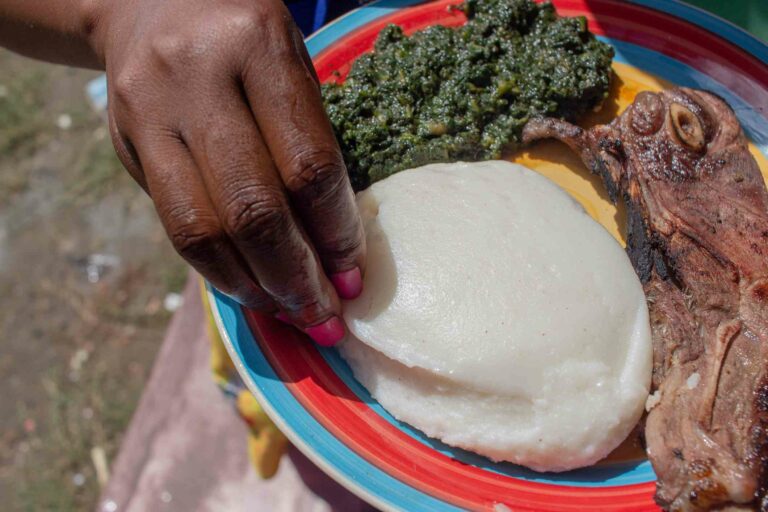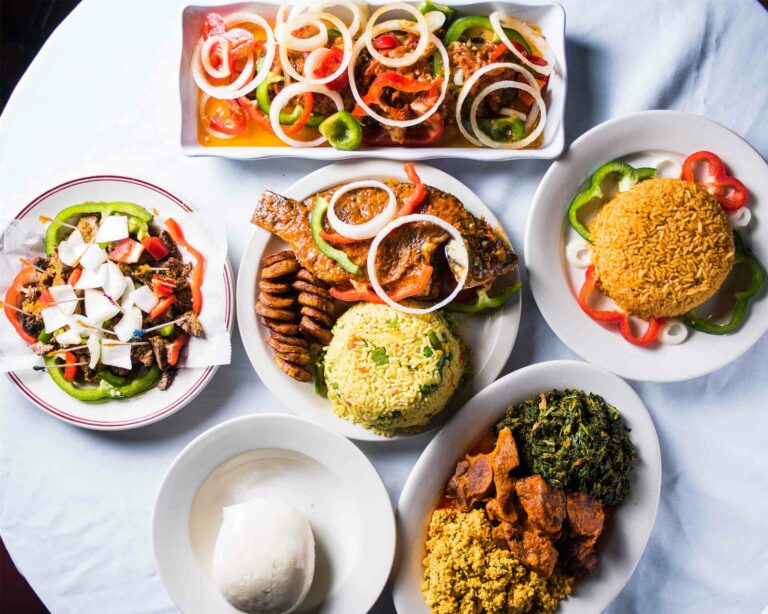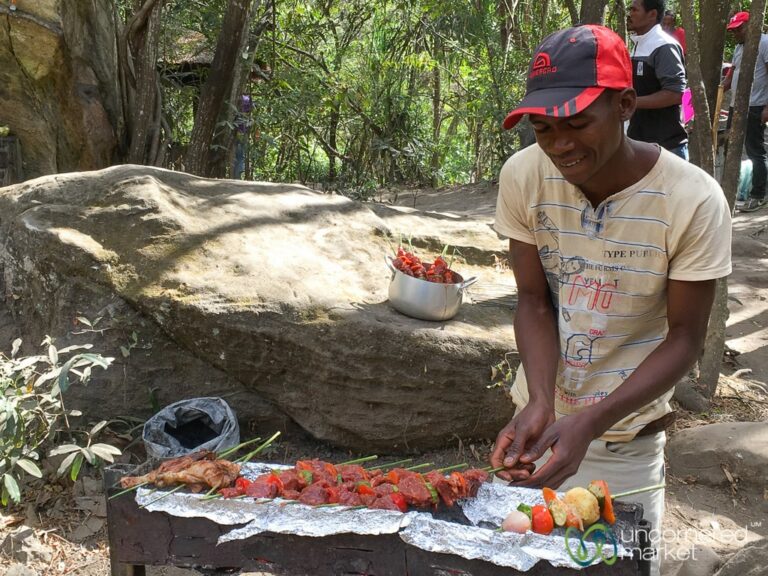Introduction: Lesotho’s cuisine and its history
Lesotho is a small, landlocked country in southern Africa that is known for its beautiful mountainous landscapes and rich cultural heritage. The country’s cuisine is heavily influenced by its history and the various cultural groups that have inhabited the region over the centuries. Lesotho’s cuisine is a unique blend of indigenous ingredients and cooking techniques, as well as influences from the colonial period and cultural exchange with neighboring countries.
The influence of the colonial period on Lesotho’s cuisine
Lesotho was colonized by the British in the 19th century and remained under their rule until gaining independence in 1966. During this period, British cuisine and cooking techniques were introduced to the region. One of the most significant British influences on Lesotho’s cuisine was the introduction of tea, which is now a staple beverage in the country. British-style baked goods, such as scones and biscuits, are also popular in Lesotho.
In addition to British influences, Lesotho’s cuisine has also been influenced by the cuisine of neighboring South Africa, which was also colonized by the British. South African dishes such as boerewors (a type of sausage) and potjiekos (a type of stew) are commonly eaten in Lesotho.
The impact of indigenous ingredients on Lesotho’s cuisine
Lesotho’s cuisine is heavily influenced by its indigenous ingredients, which include maize, sorghum, beans, and a variety of vegetables. The most popular staple food in Lesotho is pap, a type of porridge made from maize meal. Pap is often served with meat, vegetables, and gravy, and is an important part of Lesotho’s cultural heritage.
Other popular dishes in Lesotho include moroho (a dish made from a type of spinach), sesotho chicken (chicken cooked with tomatoes and onions), and papa (a type of potato). Many of these dishes are made using traditional cooking techniques, such as boiling or slow-roasting.
The role of cultural exchange in Lesotho’s cuisine
Lesotho’s cuisine has been influenced by cultural exchange with neighboring countries, particularly South Africa. In addition to South African influences, Lesotho’s cuisine has also been influenced by the cuisine of other neighboring countries, such as Mozambique and Zimbabwe.
One of the most significant cultural exchanges that has influenced Lesotho’s cuisine is the introduction of Indian spices and cooking techniques. Indian cuisine has become increasingly popular in Lesotho in recent years, and dishes such as curry and samosas are now commonly eaten.
The significance of Lesotho’s staple food, pap, in its history
Pap is the most popular staple food in Lesotho and has a long history in the region. Maize was introduced to southern Africa by Portuguese traders in the 16th century, and has since become a staple food in many countries in the region. In Lesotho, pap is an important part of the country’s cultural heritage and is often eaten in traditional ceremonies and celebrations.
Pap is also significant because it is a cheap and filling food that can be easily produced using local ingredients. Many families in Lesotho rely on pap as a primary source of sustenance.
Conclusion: The diverse influences on Lesotho’s cuisine
Lesotho’s cuisine is a unique blend of indigenous ingredients, cooking techniques, and influences from the colonial period and cultural exchange with neighboring countries. The country’s staple food, pap, is an important part of its cultural heritage and has a long history in the region. Lesotho’s cuisine is a reflection of the country’s diverse cultural history and is an important part of its identity.










